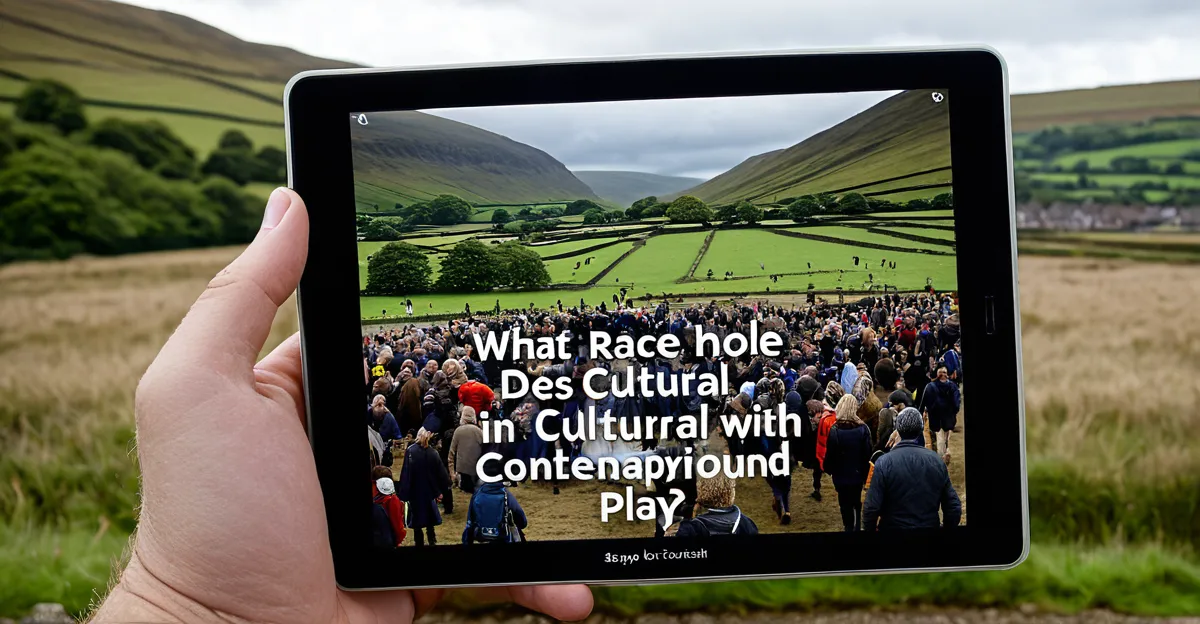Heritage as the Foundation of UK Tourism
Heritage tourism remains a core pillar of the UK’s tourism significance. The country’s rich cultural legacy UK is embodied in its historic sites UK, which serve as both symbols of national identity and magnets for visitors. From the ancient stones of Stonehenge to medieval castles dotting the landscape, these sites highlight not only architectural grandeur but layers of history that attract millions each year.
Statistics reveal the enduring appeal: heritage tourism accounts for a substantial proportion of inbound travel, with visitors frequently citing historic landmarks as primary reasons for their trip. The British Museum, Tower of London, and Edinburgh Castle are among the most visited, demonstrating how cultural legacy UK continues to influence travel decisions. Heritage attracts diverse audiences, including academic researchers, family tourists, and international history enthusiasts, underscoring its broad appeal.
In parallel : How is the UK government promoting sustainable tourism?
By preserving and promoting historic sites UK, the industry nurtures a unique tourism experience centered on storytelling and identity. This link between heritage tourism and UK’s tourism significance illustrates how past and present intertwine to sustain the sector’s vitality and global reputation.
Economic Contribution of Heritage Tourism
Heritage tourism plays a crucial role in the UK tourism industry, generating substantial economic impact heritage enthusiasts might not immediately see. Recent data shows that visits to heritage sites contribute billions in revenue annually, proving heritage sites revenue is a significant driver for local economies.
Also read : What Strategies Are UK Cities Using to Attract More Tourists?
This economic impact heritage extends beyond ticket sales; it stimulates job creation in hospitality, maintenance, and guided tours. Local businesses benefit from increased foot traffic, supporting services from restaurants to transportation. For example, iconic sites like the Tower of London and Stonehenge attract millions, generating millions in heritage sites revenue each year.
Moreover, heritage tourism supports cultural preservation by funding conservation efforts through the income it generates. This creates a positive cycle where economic benefits help sustain the very sites that attract visitors. Understanding this interplay highlights why heritage tourism’s economic impact heritage is a vital component of the UK tourism industry’s overall success.
By focusing on sustainability and community involvement, heritage tourism not only enriches visitors’ experiences but also bolsters local economies, affirming its indispensable role in the UK’s financial and cultural landscape.
## Evolving Visitor Expectations and Experiences
The rise of immersive experiences is reshaping contemporary heritage tourism. Visitors increasingly seek more than passive observation; they demand active participation that connects them emotionally and intellectually to historic sites. This shift reflects broader tourist behaviour trends emphasizing authentic and personalized journeys rather than standard sightseeing.
Modern heritage locations respond by incorporating cutting-edge technologies—like augmented reality, interactive displays, and virtual reconstructions—to deepen engagement. These tools create environments where visitors can explore history dynamically, transforming their understanding. For example, digital storytelling platforms enable guests to navigate narratives tailored to their interests, fulfilling the growing appetite for authentic experiences.
Heritage sites also diversify programming to offer hands-on workshops, live reenactments, or sensory exhibitions. This approach aligns with evolving tourist behaviour trends demanding experiential visits that feel genuine and memorable. By embracing innovation, heritage attractions effectively cater to modern audiences while preserving cultural integrity.
This strategic adaptation ensures that contemporary heritage tourism remains relevant and compelling. It highlights how embracing immersive experiences and responding to evolving visitor expectations enriches the cultural journey, encouraging deeper connections and repeat engagement.
UK Heritage Tourism Strategies and Preservation Initiatives
In the UK, heritage preservation plays a central role in shaping the national tourism strategy. The government tourism policy actively supports the protection and promotion of historic sites, viewing them as vital cultural assets that attract both domestic and international visitors. These policies prioritize sustainable tourism, ensuring that the influx of tourists does not compromise the integrity of heritage locations.
Funding is a key element, with significant investments directed toward the maintenance and restoration of historic attractions. For example, dedicated grants and subsidies help conserve castles, ancient monuments, and museums, allowing them to remain accessible and engaging for future generations. Such financial backing demonstrates a long-term commitment to safeguarding the nation’s rich history.
Crucially, partnerships between local communities and tourism bodies enhance the effectiveness of these strategies. By involving residents in preservation efforts, UK tourism strategy fosters community stewardship, which creates authentic visitor experiences while protecting heritage sites from over-commercialization. This collaborative approach balances economic benefits with conservation, ensuring that heritage tourism remains a sustainable pillar within the UK tourism policy framework.
High-Profile Heritage Sites and Cultural Events
Delving into popular UK heritage sites reveals their strong magnetic pull on both domestic and international tourists. Iconic locations like Stonehenge, the Tower of London, and Edinburgh Castle not only showcase history but also embody the nation’s cultural identity. These heritage events tourism hotspots offer immersive experiences that combine educational value with engaging storytelling, significantly boosting local economies.
Cultural festivals UK further enrich the visitor experience by highlighting diverse traditions and creative expressions. Events such as the Edinburgh Festival Fringe and the Hay Literary Festival create vibrant atmospheres that attract global audiences. These festivals are carefully curated to complement the heritage sites, encouraging tourists to explore beyond the physical landmarks.
The synergy between heritage sites and cultural events plays a crucial role in elevating tourism figures annually. Thoughtful planning ensures that popular UK heritage sites remain accessible and attractive, while heritage events tourism capitalizes on seasonal surges. This dynamic fosters sustainable tourism growth, benefiting communities and preserving heritage for future generations.






